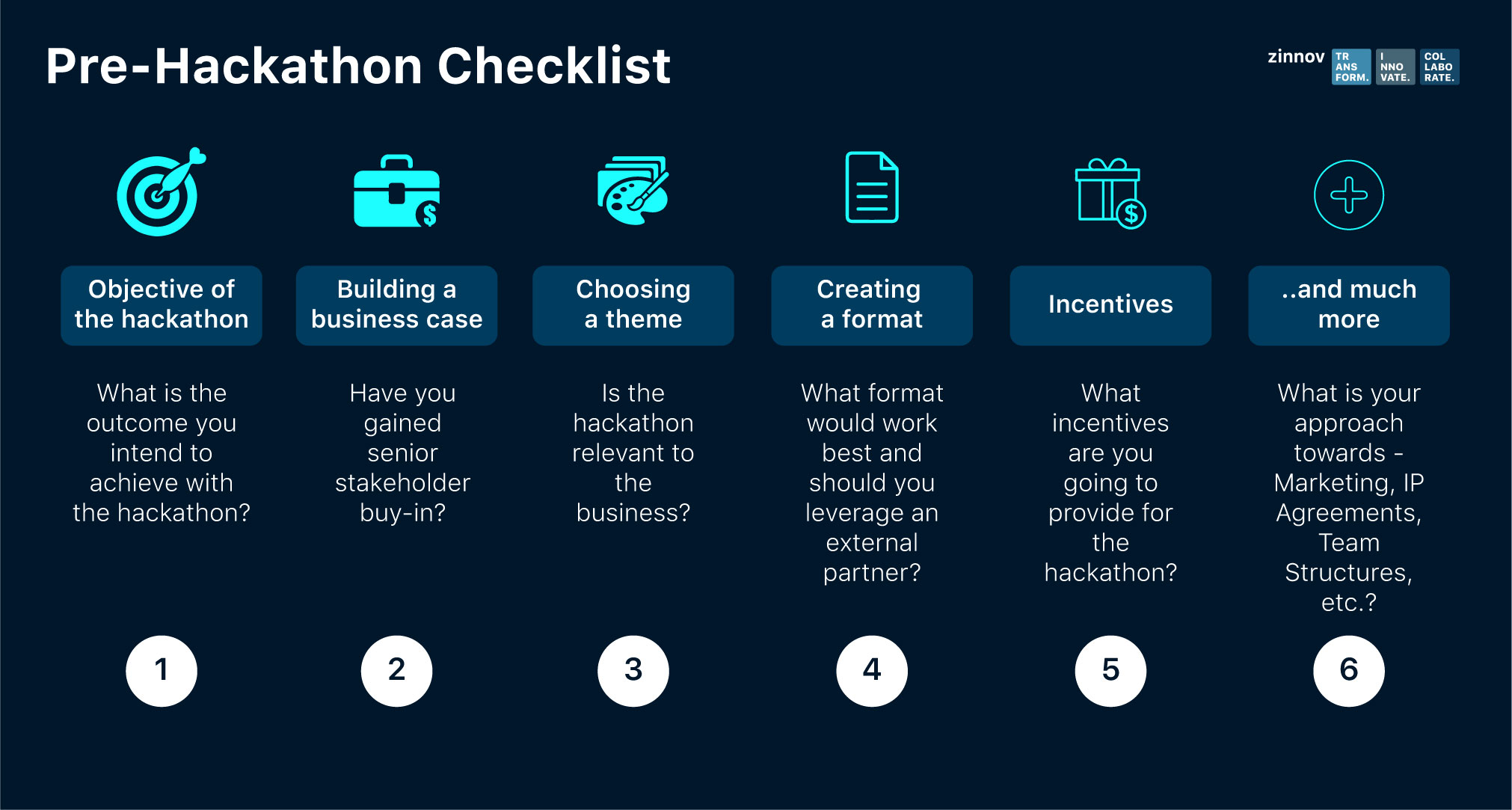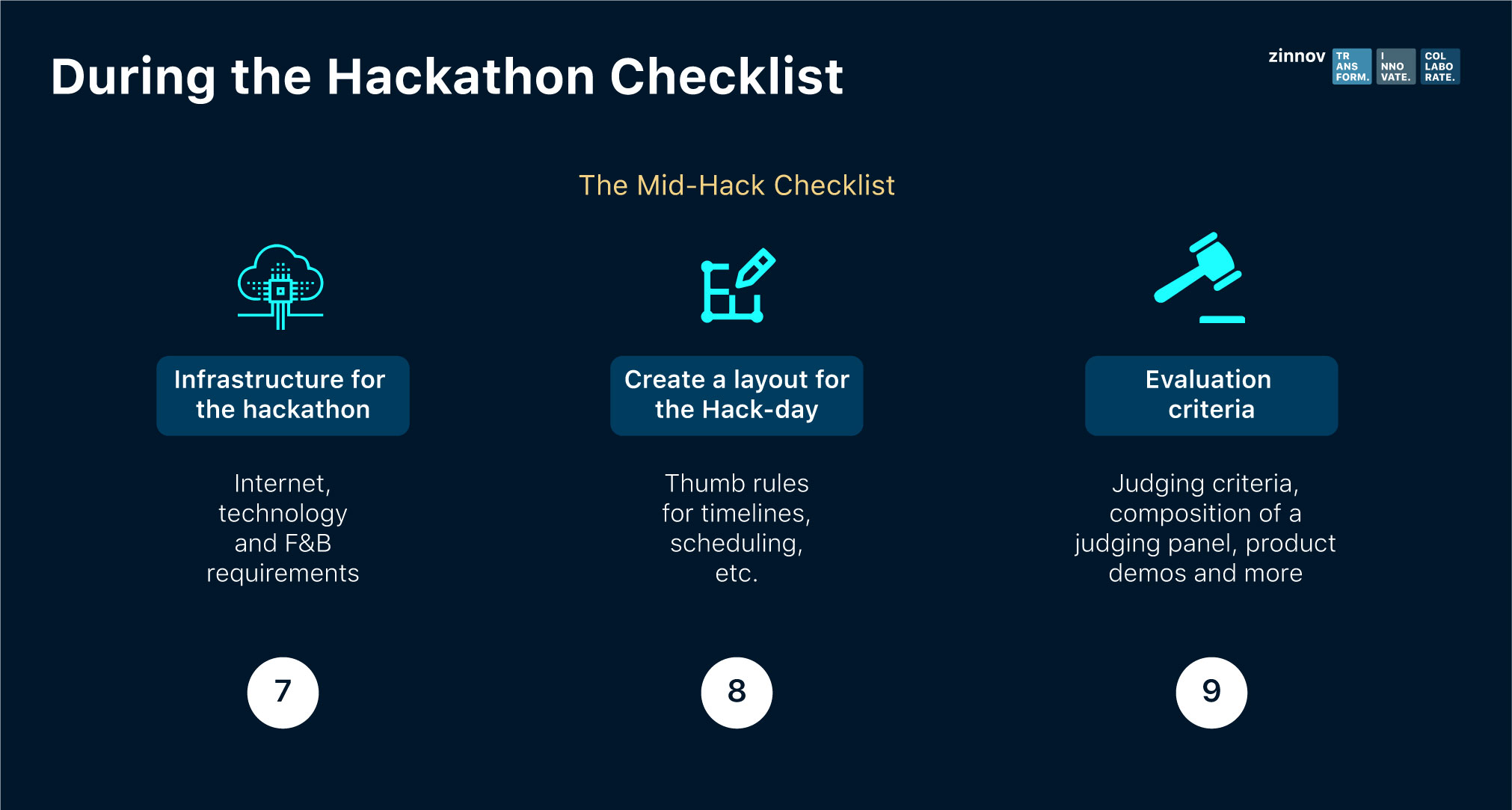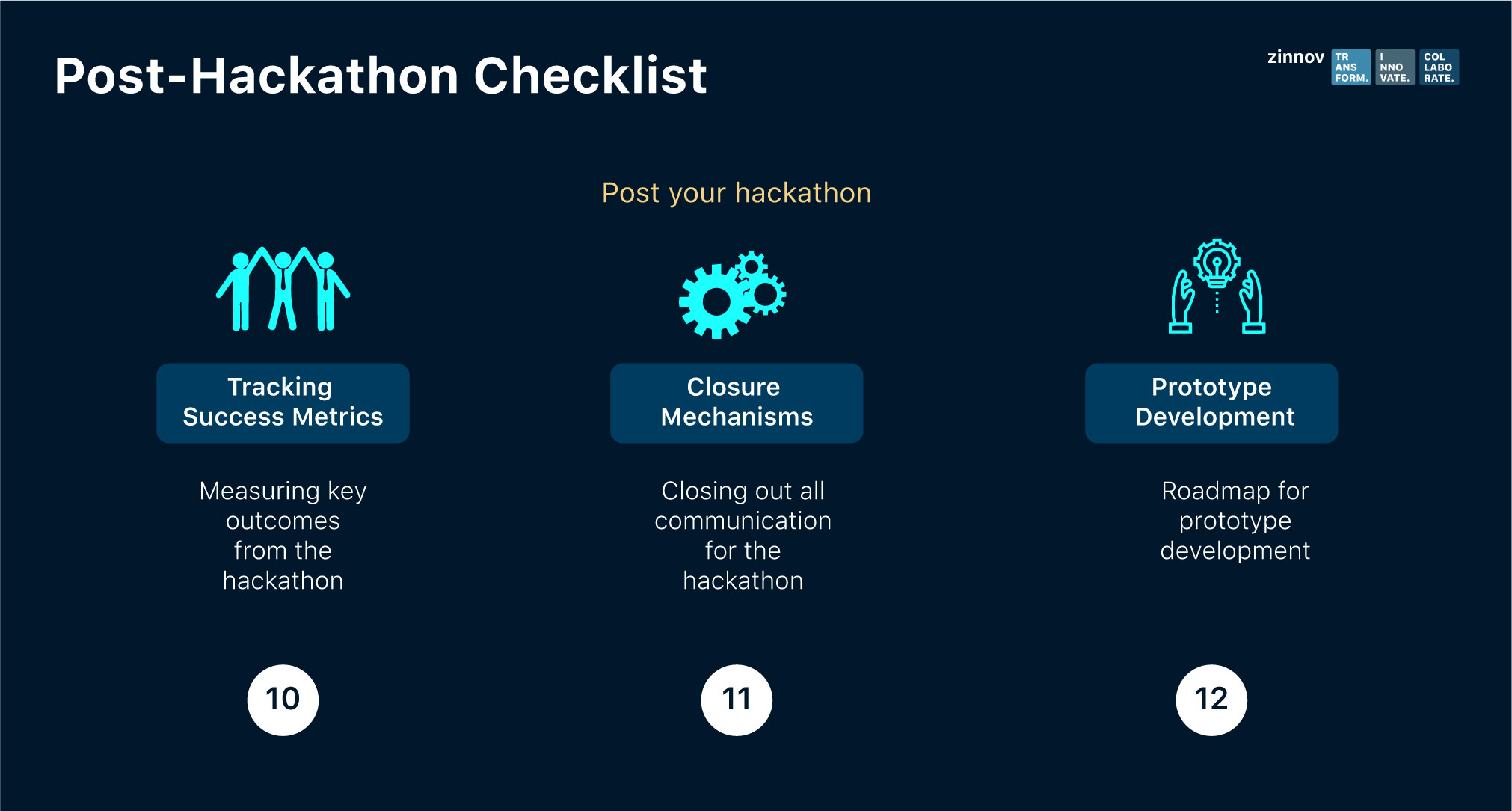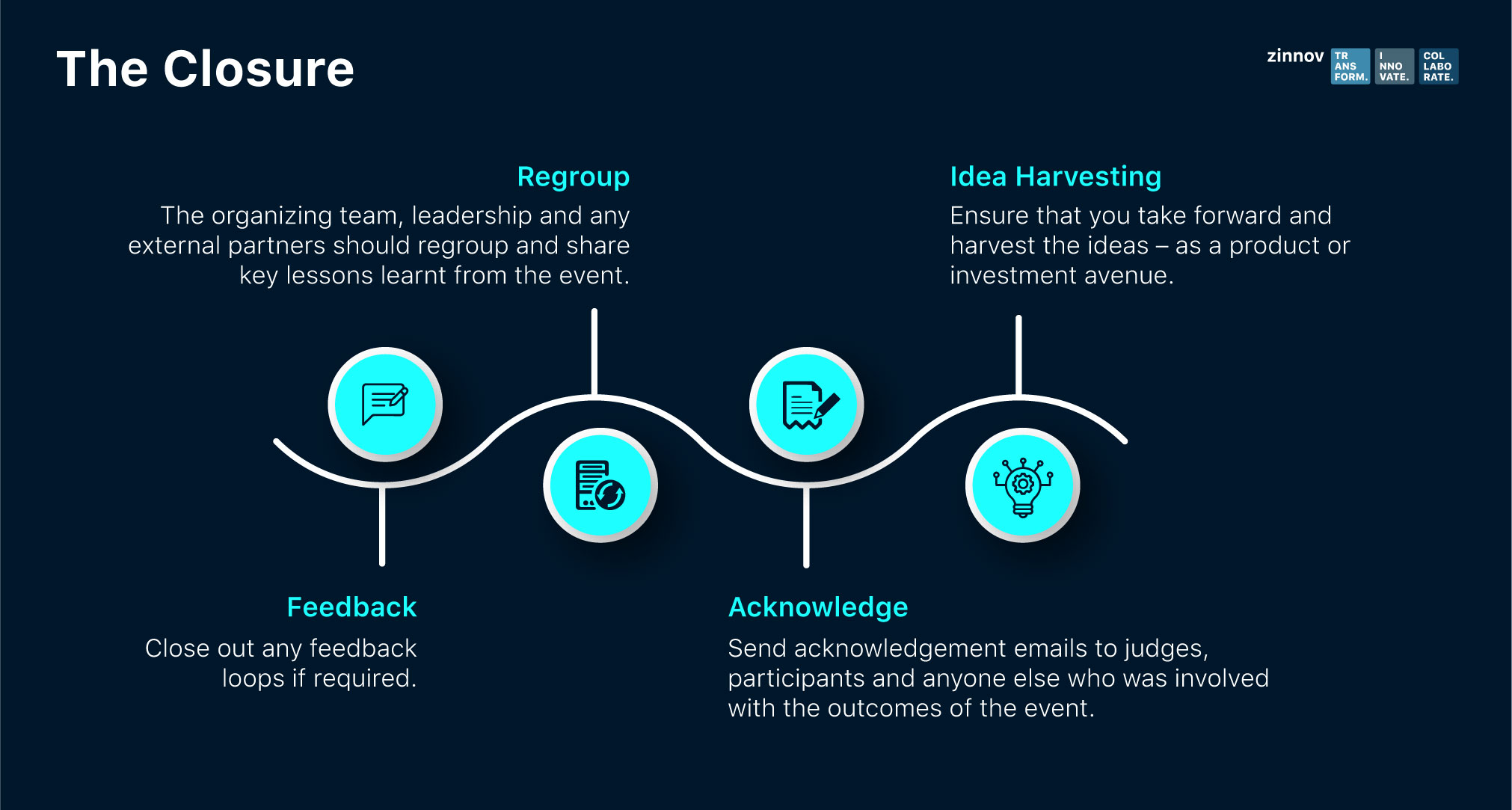|
|
Technology enthusiasts coding all night, a constant inflow of caffeine and grub – if this is the image that a hackathon evokes in your mind, you are missing the big picture.
So, how do hackathons work? A hackathon is not just a competitive event that facilitates crowdsourcing solutions, it is a tool to drive disruptive innovation, find best-in-class tech talent, and discover new problem statements. But the first step towards tapping into the full potential of a hackathon is by not thinking of it as a sprint but a marathon. It is not a 48-hour-long technology talent showcase or a PR gig; it is a premeditated strategy that has the potential to add long-term value to a company.
The war for talent is incessantly intensifying as start-ups join the talent war and aggressively compete with multinationals when it comes to attracting the crème de la crème of technology talent. Hackathons are one of the most common ammunition that MNCs and other companies deploy to establish themselves as innovation leaders in the market and attract young talent. Several companies have hackathons listed as one of the most effective hiring strategies. However, often, companies don’t have a hackathon playbook and defined guidelines on how do hackathons work. Before charting a plan for a hackathon, having a clear objective and planning for it is half the battle won.
Often, companies conduct hackathons that are centered around their key offerings. This helps them gain new perspectives and ideas around their products and services, and rapidly prototype a new feature/use case that can be adopted as part of the product roadmap. Companies also use hackathons to find newer and unique problem statements in the market that they can solve for in the future.
Hackathons are also conducted with the intent of gaining feedback on a product and getting real-time inputs from customers. The intent is to seek feedback from a large group concurrently and iterate on the product features accordingly. Twilio’s Flexathon – a hackathon to test the Twilio Flex platform, is a case in point.
While employer branding is one focus area, identifying talent quickly and at scale is a key win during recruitment. Hackathons help in attracting top talent and are also increasingly becoming popular as tools for engaging with employees, especially with the Gen Z workforce. Many companies are leveraging hackathons as a means of familiarizing employees with new and emerging technology concepts.
While it is very important for companies to have a defined objective before planning a hackathon, it is also necessary to think of a hackathon as a strategic initiative that can reap long-term benefits. For this, companies must look at hackathons as a B2C activity, where the key focus should be on delivering a good customer experience to the developers who participate in the hackathon. This will help companies derive maximum value from their hackathons.
Companies today, are highly focused on customer centricity; however, they often overlook the crucial narrative of treating their employees as customers. If companies chart a hackathon, it would be much more impactful for employees as well as developers. Perceiving the developers participating in the hackathon as customers can help companies plan the pre-, during, and post-hackathon activities more effectively. The first principle is to consistently think of a customer journey as a circle and complete the circle. A hackathon doesn’t end post the event; the experience of the developer has an important role to play in closing the loop on this journey. From getting the developer onboard to their experience during the hackathon, and following up with them post the event – all this is part of the journey.
Before the hackathon, the first step is to choose a theme and create a checklist of all the to-dos. Marketing is one of the most important elements that runs horizontally throughout the hackathon (pre-, during, and post-). However, the role of marketing is most crucial before the event. Creating awareness through social media buzz, creating catchy hashtags, word of mouth, etc., is important to attract more developers to participate in the event. Also, defining the venue, attendees, and theme of the hackathon is also important from a marketing perspective. Outlining a budget way in advance helps in managing the hackathon end-to-end and planning things ahead of the event. Here’s a checklist for companies to follow for their pre-hackathon activities:

Primary areas of focus during the event should be on having the right infrastructure, layout, and evaluation criteria. Companies should have a team onboard to take care of all the nitty-gritties during the hackathon – right from choosing the venue to keeping the energy levels up during the event. The team should be accountable for running the hackathon smoothly, end-to-end. The company needs to have an exhaustive checklist of must-haves like Internet, power, technology requirements, APIs, etc. necessary for a smooth hackathon. The workflow of the day will also need to be charted out with prior planning for breaks, meals, product demos, start-up pitches, and other fun activities. All the activities, breaks, and demos will need to be interspersed throughout the hackathon.

Post-hackathon is the most important phase for companies to truly gain value from a hackathon. This phase involves tracking key metrics, evaluating the metrics, and taking necessary steps to better it for the next time. The metrics may include the number of ideas generated, the media exposure received, growth in participation, cost and benefits analysis, etc.

One of the most important aspects of this phase is to take and close the loop on the feedback received from the participants as well as send acknowledgment notes to everyone who made the hackathon a reality. This will further help the company in converting the developers into communities. Here’s the value chain for the closure mechanism that companies must include in their hackathon playbook:

Post-hackathon, companies need an idea harvesting mechanism that will quickly implement the solutions that emerged at the hackathon or take forward a product developed during the hackathon. For this, companies must create a roadmap for the shortlisted prototypes and build a valid business case to get sponsorship support. They must ensure that they define a timeline for prototype development to avoid unwanted delays and to keep up the motivation levels. To channelize the outcomes in the right direction, companies must clearly communicate the roadmap with the hackathon winners so that they can lead the initiative. To drive maximum value from hackathons, idea harvesting is a crucial step for companies.
The ‘Like’ button, the ‘timeline,’ tagging people in the comment section, uploading videos – all these popular features on Facebook were results of strategic hackathons. Facebook is known for its culture of hackathon and owes many of its loved features to this culture. What Facebook does best is quickly develop and integrate those features into its platform. The stage it provides to the developers is huge, and the way the tech giant closes the loop across the lifecycle of a hackathon is commendable.
Companies can draw a leaf out of Facebook’s hackathon handbook to conduct successful hackathons. And it’s not just Facebook, but several other multinationals rely on hackathons to develop newer solutions and products and find new-age talent. Clearly, hackathons are an innovation and talent vehicle. However, it is imperative that companies treat it like a marathon and focus on driving good customer experience so that developers spread the word and encourage others to participate in future hackathons. And since hackathons provide a great recruitment opportunity, a developer at the hackathon today could be your potential employee tomorrow. Hence, it is all the more important for companies to deliver top-notch experience and establish an innovation-friendly brand during the hackathon.